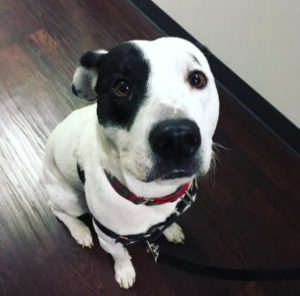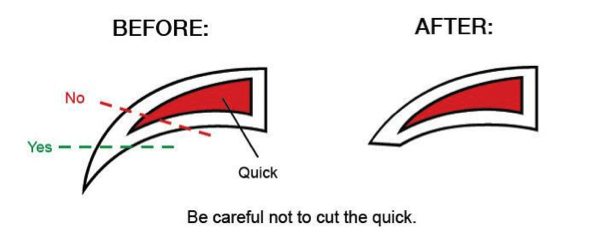Editor’s Note: Healthy Paws is a column sponsored and written by the owners of Clarendon Animal Care, a full-service, general practice veterinary clinic and winner of a 2017 Arlington Chamber of Commerce Best Business Award. The clinic is located 3000 10th Street N., Suite B. and can be reached at 703-997-9776.
Though summer is technically almost 2 months away, with the weather we’ve had the last few days it already feels like it! Below is a little jumpstart on things to think about before the heat is here to stay for awhile.
The Weekend Warrior — Just like most people, intermittent and inconsistent exercise can lead to overexertion in our pets! If being active isn’t part of your pet’s regular routine, going for that 6.5 mile hike up Old Rag can lead to overexertion, overheating and injury.
Be cognizant of your pet’s limits and if you’re planning a big hike or a long run, doing a bit of training ahead of time will go a long way in preventing injury.
High-rise syndrome — As it gets nicer outside, apartment cats are more likely to be let out on the balcony and windows are left open. While we always tease that cats have nine lives and are deft when falling… creating a safe balcony and making sure windows are securely screened is paramount to reducing the risk of injury or death related to a fall.
Heat Stroke and other heat-induced maladies — The hottest part of the day tends to be from 10 a.m.-4 p.m. and is the worst time of the day to be doing outdoor activities with your pet. Long walks, jogging and hiking should be done early in the morning or in the evening.
Certain breeds of dogs (and cats!) are more sensitive to the heat than others — breeds with “smooshed faces” (i.e. Pugs, Bulldogs, Boston Terriers, Himalayan and American Shorthair cats) are already predisposed to respiratory problems/difficulty… and when it gets hot those problems can be far more apparent.
Additionally, you should NEVER leave your pet alone in a parked car. Even with the windows open that vehicle can become furnace-like, and quickly!





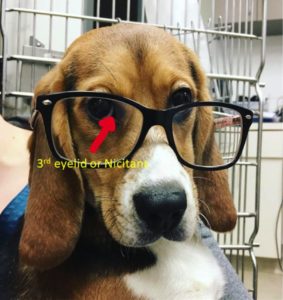

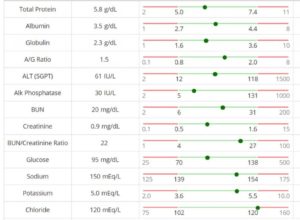
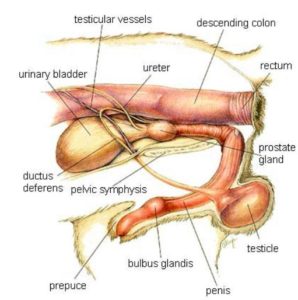
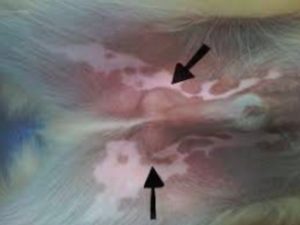
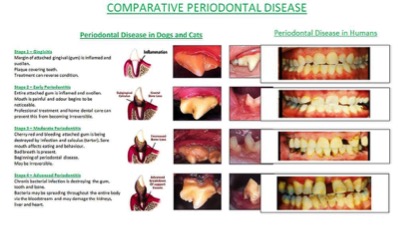

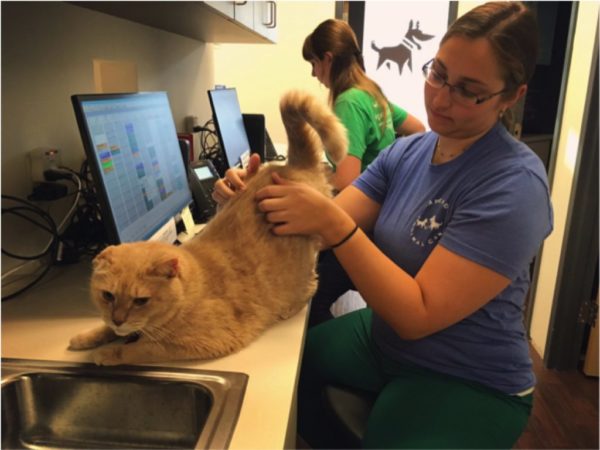
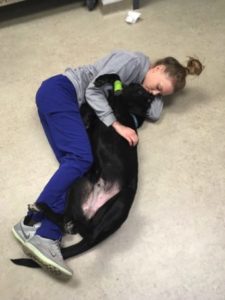 Oxytocin, which you may have heard about in relation to mother-baby bonding, is also the hormone that bonds us to our pets and produces that sense of happiness and well-being in your interactions with your pet. Amazingly, dogs also have a surge of oxytocin when interacting with their owners, as opposed to strangers.
Oxytocin, which you may have heard about in relation to mother-baby bonding, is also the hormone that bonds us to our pets and produces that sense of happiness and well-being in your interactions with your pet. Amazingly, dogs also have a surge of oxytocin when interacting with their owners, as opposed to strangers.

